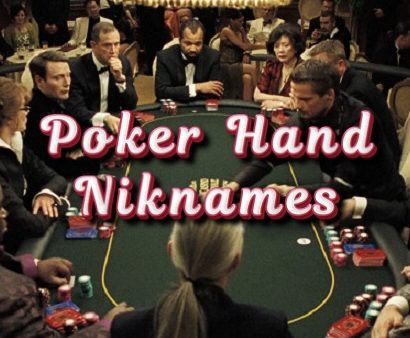Ultimate poker combinations guide with the best deals to start. Read to the end and grab a chance to play real money on the best platform.
All Poker combinations. Best winning hands in Holdem
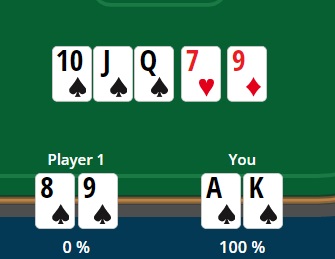
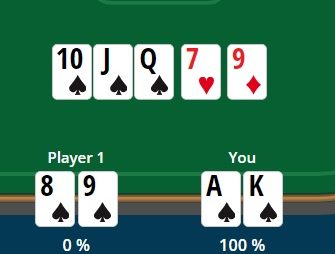
Sometimes what seems simple to us turns out to be much more complicated – this perfectly captures the essence of such a game of the mind as poker (Texas Hold’em). But to make your dive into the world of bluffing and calculating much smoother, we will analyze the possible combinations (hands) that you will meet at the gaming table.
List of all poker combinations
- Kicker (50%)

This is the largest card on the table. When no player has made a good hand, the outcome is determined by the dominant card. For example, you have AK, your opponent has KQ – You win because you have an Ace. - Pair (42%)

A pair is the most common hand in poker. Two identical cards, which can be either pocket cards (collected at the distribution, two cards that the dealer gave you), or additionally purchased during the game. The weak couple loses to the stronger one. It is logical that Aces are the main ones. - Two Pairs (5%)
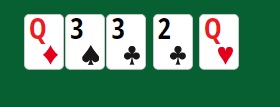
Pair twice. Either the one who has them or the player with the highest pair wins. - Three of a kind (2%)
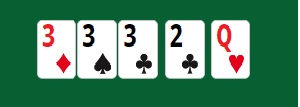
These are three cards of the same rank. For example, two Queens are on the table, the third is yours. - Straight (0,4%)

Sequence of 5 cards. The weakest poker straight combination is A2345 (called low). The elders are usually called 10JQKA. - Flush (0,2%)
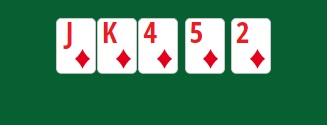
All five cards are of the same suit. One of the safest combinations to win. - Full House (0,14%)
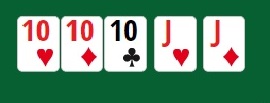
When one pair meets three of a kind. 5 cards in the game. - Four of a kind (0,02%)

A set of four cards of the same rank - Straight Flush (0,013%)
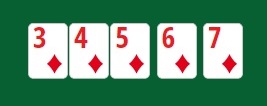
A sequence of 5 cards of the same suit is the right to consider that this hand is yours. But be careful and calculate your chances so that your opponent does not have the opportunity to buy the Royal. - Royal Flush (0,00015%)
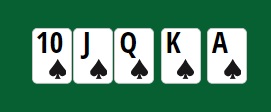
Suited 10 J Q K A. The highest possible poker combination. Some people say it doesn’t exist – that’s how rare it is.
Best winning Holdem hand. How to determine the strength of your hand
The beauty of the game is that you play against real people, the same players as you. Therefore, starting from your combination, you must calculate the probability of having a stronger hand from other participants in the distribution. Keeping another player all-in with a weak pair is not a good idea.
What gives you confidence is knowing that you have the best winning combination on your table. Look at your 2 cards, now at the 5 that are on the table. Could there be anything higher than this? If so, you should be careful and study risk management. Sometimes you have to make rather difficult decisions, dropping really strong positions.

